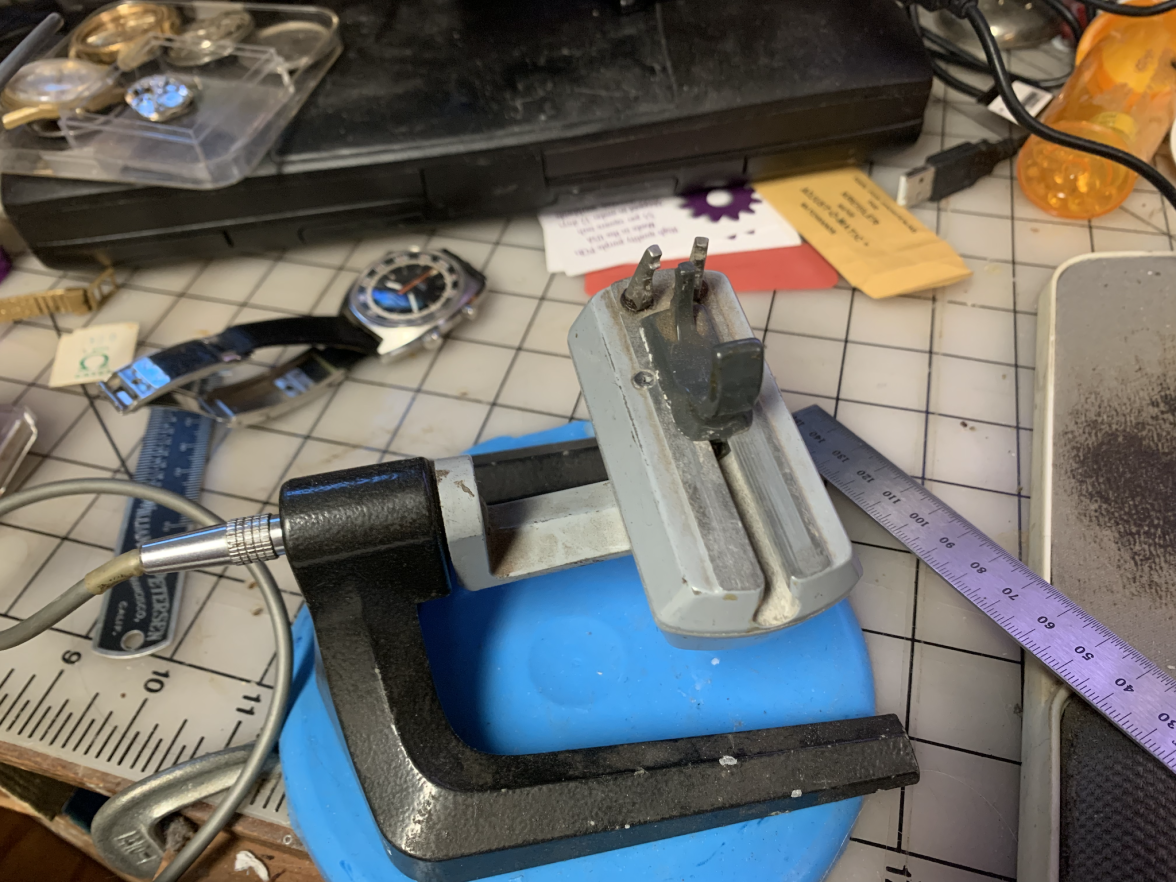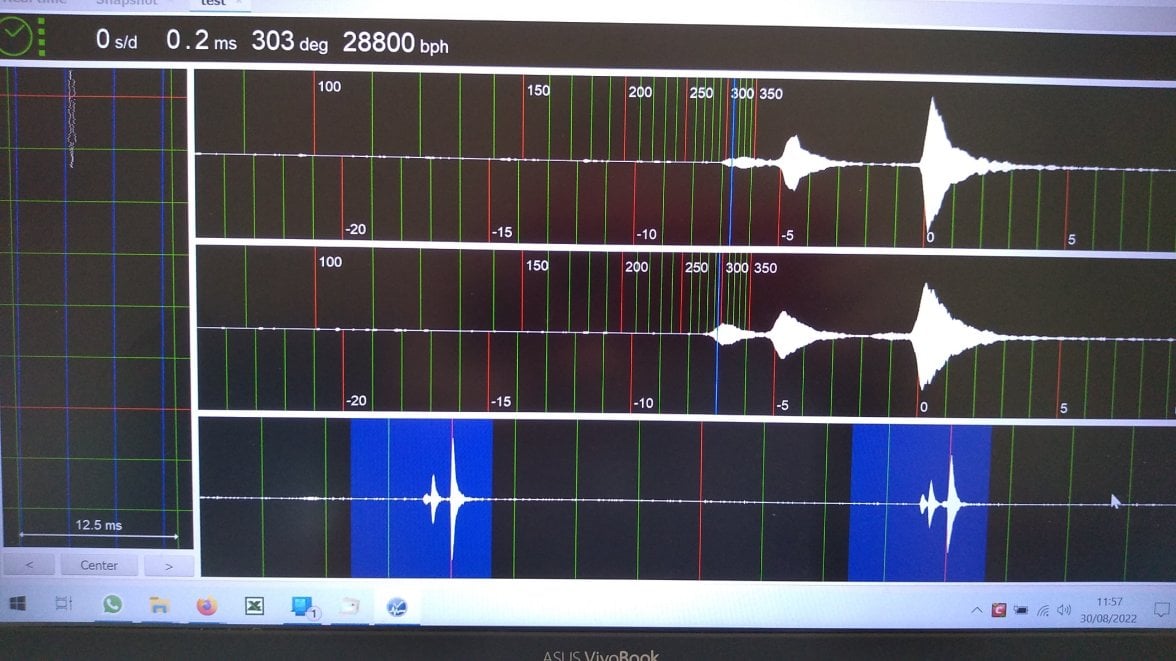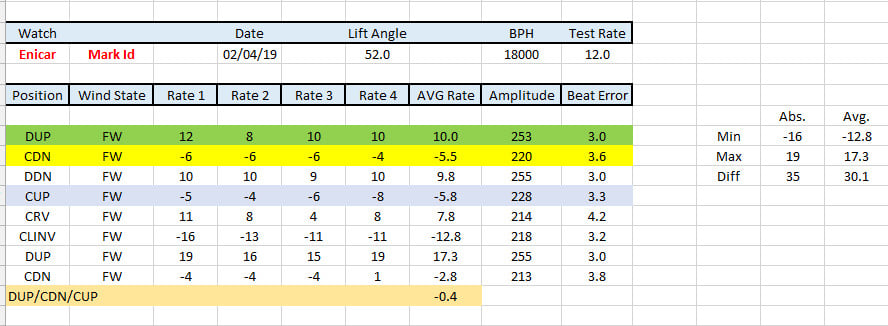Dug
·Some tentative questions on timegraphers if I may?
As I seem to be getting deeper into the world of collecting vintage Omegas, and as a relative novice with a small but increasing collection, I am wondering about the merits of buying a timegrapher.
This is mainly with a view to ascertaining the health of a watch, if it may need a service, and possibly looking to attempt regulating a watch myself, where necessary.
Having read up on physical timegraphers, the android apps available and watched numerous videos I'm still unsure. Have of course been cautious of vendors reviews.....vested interests and all that!
Cutting to the chase I guess what I'm asking is; would it be worthwhile me buying a physical timegrapher or perhaps having a try with an app, or as a novice would I be better off just relying on the accuracy of a watch to make decisions.
Many thanks in avance for any advice offered.
As I seem to be getting deeper into the world of collecting vintage Omegas, and as a relative novice with a small but increasing collection, I am wondering about the merits of buying a timegrapher.
This is mainly with a view to ascertaining the health of a watch, if it may need a service, and possibly looking to attempt regulating a watch myself, where necessary.
Having read up on physical timegraphers, the android apps available and watched numerous videos I'm still unsure. Have of course been cautious of vendors reviews.....vested interests and all that!
Cutting to the chase I guess what I'm asking is; would it be worthwhile me buying a physical timegrapher or perhaps having a try with an app, or as a novice would I be better off just relying on the accuracy of a watch to make decisions.
Many thanks in avance for any advice offered.







